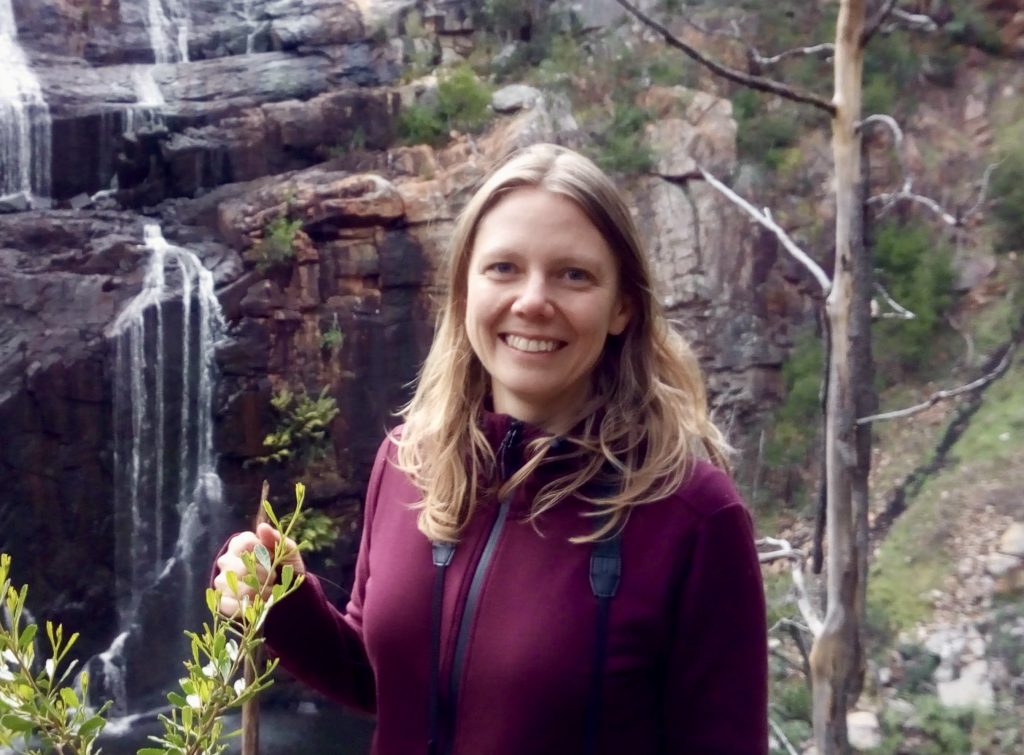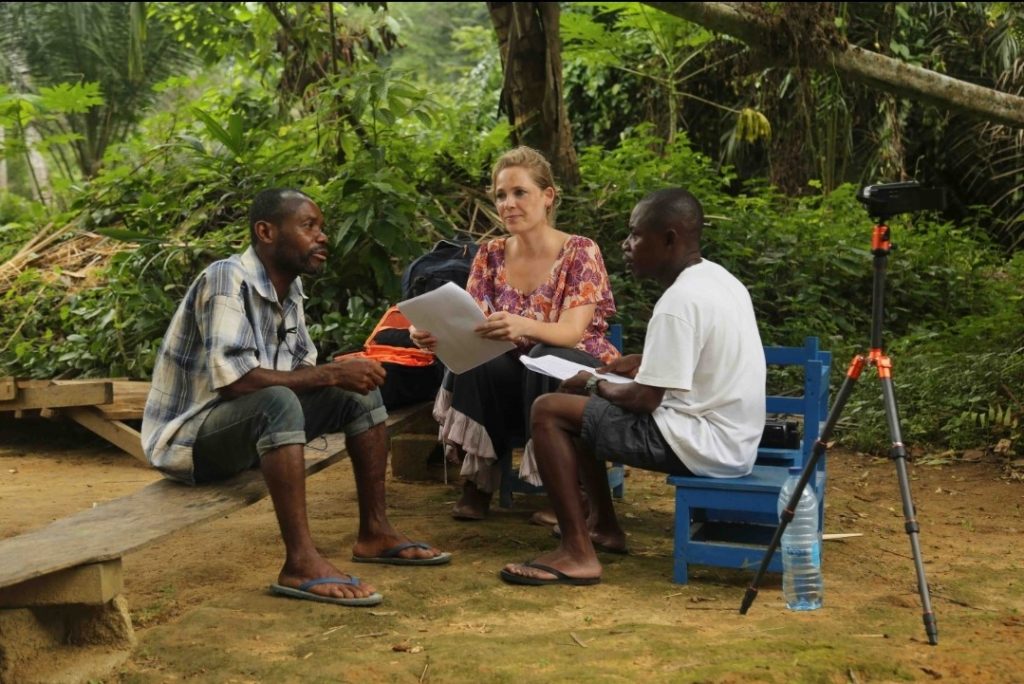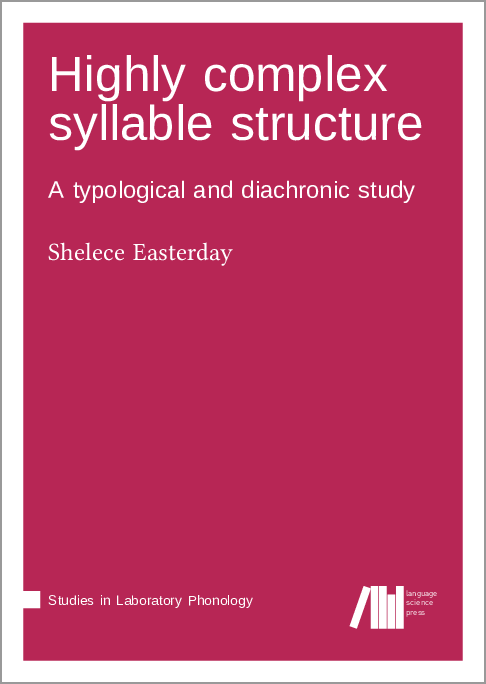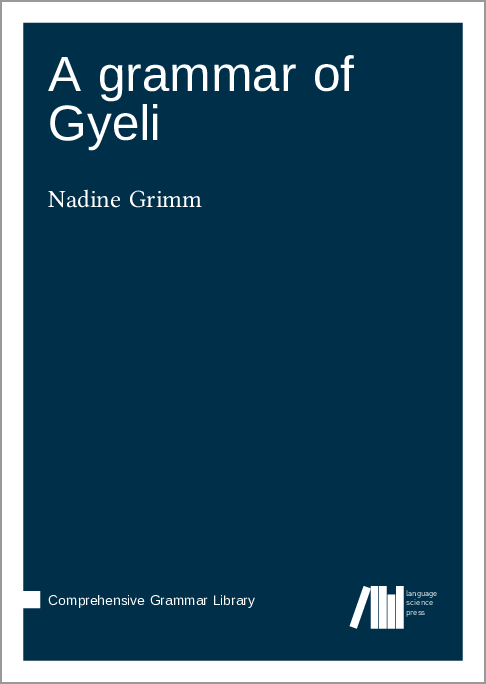Shelece Easterday and Nadine Grimm won the Greenberg Award and the Pāṇini Award, respectively, both awarded by the Association of Linguistic Typology at its 2019 meeting. Both have chosen to publish their books with Language Science Press. Let’s see what they have to say about their motivations and their experiences.
Hi Shelece and Nadine, and congratulations to your awards from the Association for Linguistic Typology. Could you tell us briefly what your research is about, and why you received the awards?

Shelece: My research is in phonological typology, and I am particularly interested in rare sound patterns and how these come about through processes of language change. My 2017 dissertation, for which I received the 2019 ALT Greenberg Award, examines the properties and emergence of highly complex syllable structure, a phonotactic pattern in which long strings of consonants may occur. My study involved both quantitative and qualitative analysis of the phonetic, phonological, and morphological properties of a diverse sample of 100 languages in order to determine the dynamic processes that might lead to a language developing highly complex syllable structure. I believe that it was the combination of this approach and the interesting topic (a pattern which is famous in the literature but often theoretically marginalized) which made the work attractive to the award committee.

Nadine: I work on the Gyeli language of Cameroon and other Bantu languages. Based on empirical primary data that stems from fieldwork in the language community, I pay special attention to the interface between sound, meaning, and syntactic structure. In addition to grammar writing, I am especially interested in systems of grammatical tone as well as aspects of anthropological linguistics, for instance numeral systems or color terms.I received the Pāṇini Award 2019 for A grammar of Gyeli, an endangered northwestern Bantu language of Cameroon spoken by “Pygmy” hunter-gatherers. The award committee praised the originality of the grammatical analysis, which is solidly based on empirical evidence from a diverse range of natural language data, the fact that the grammar is thoroughly embedded in and explicitly connected to wider scholarship in both Bantu linguistics and typology, as well as the accessible, reader-friendly form-to-function style in the grammar’s organization.I believe that another bonus of the grammar is its foundation in a documentary approach. Nineteen months of fieldwork within a DoBeS (Documentation of Endangered Languages) project provided a rich text corpus covering various genres that informed my description and enabled me to add ethnographic and sociolinguistic information.
Continue reading

